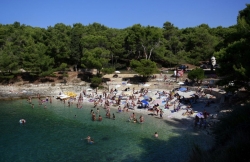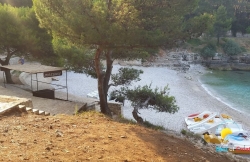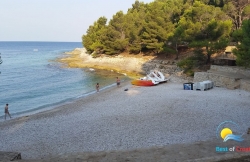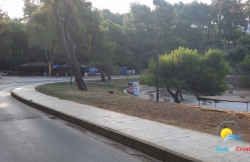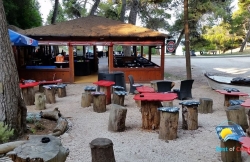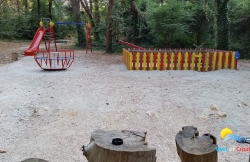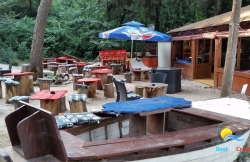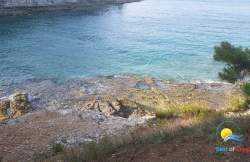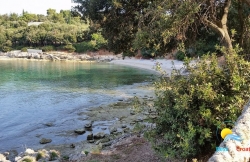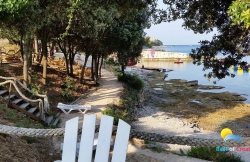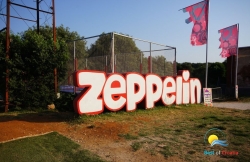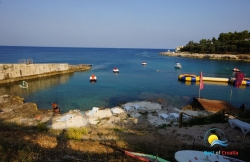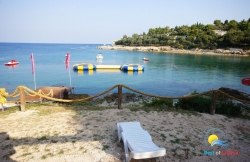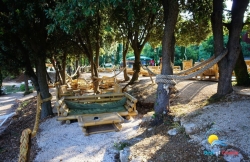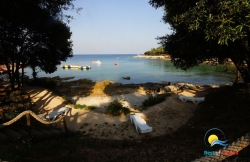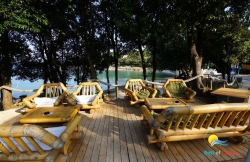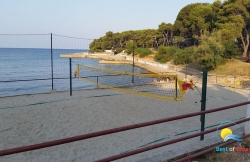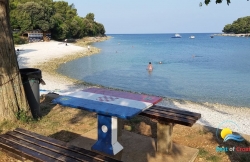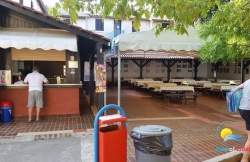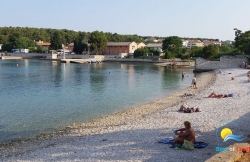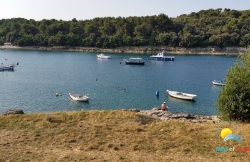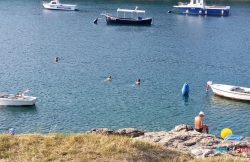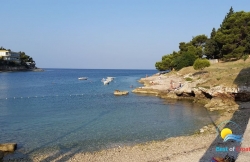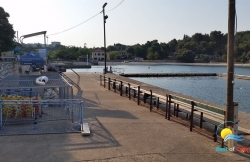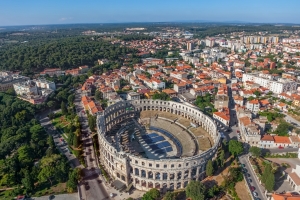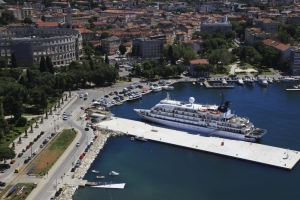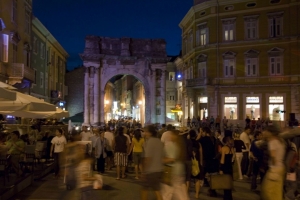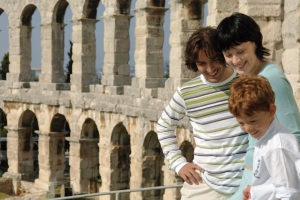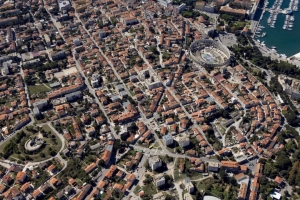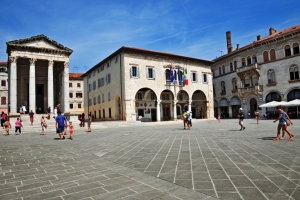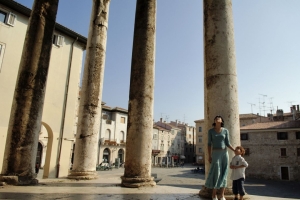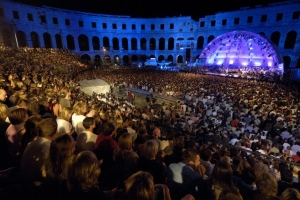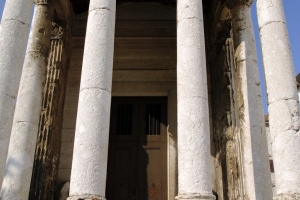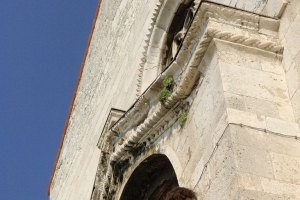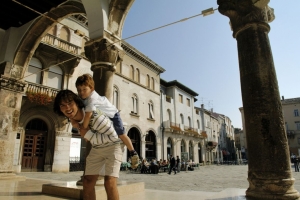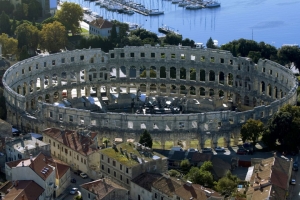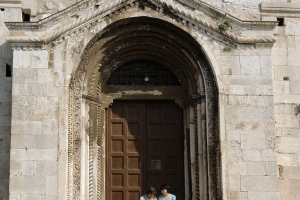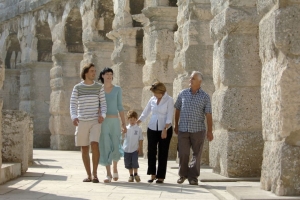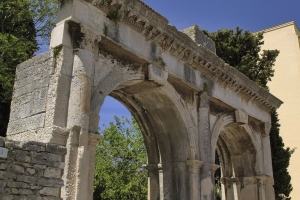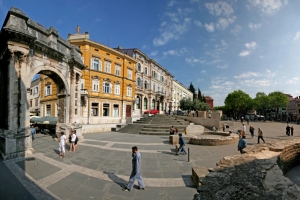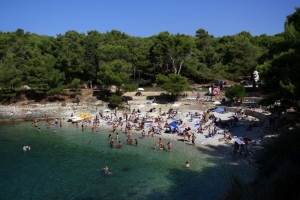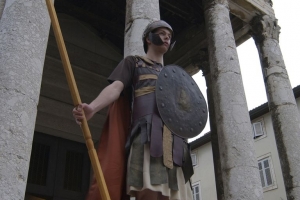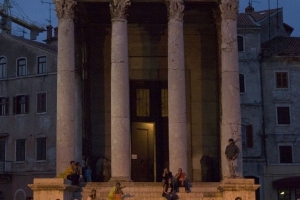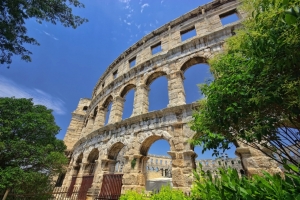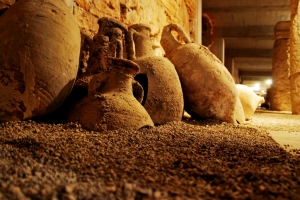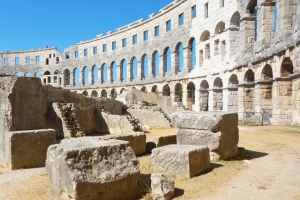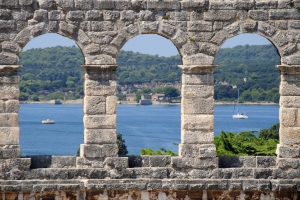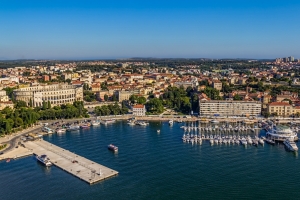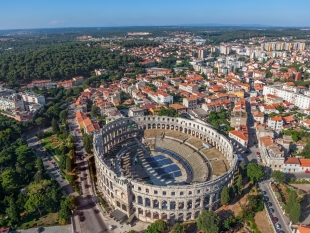


Pula is the largest city in the Croatian region of Istria, located near the southern tip of the peninsula and has about 57,000 inhabitants.The entire region was already at first inhabited by the Illyrian tribe up until the 10th century BC, and the city then began to take on great importance under the Romans in the 2nd century BC. The buildings from this time are those which are still preserved today.
The charming old town of Pula with its Mediterranean charm invites visitors to stroll along romantic alleys and deserted little spots- a perfect holiday for two. The great gastronomic selections enthuse guests, especially families with children. Adults can also enjoy the colorful nightlife of Pula, in which one finds many chic clubs, as well as hip nightclubs. In addition, there are also quiet bars and cute cafés.
The people living in the city subsist from their holiday guests and a large part of the population is active in the local scene or works with tourist companies. There are, therefore, numerous opportunities to play sports, to attend cultural events, or to go on a shopping tour of the rather funky stores with great clothes, souvenirs and local products for the visitors of Pula. In addition to the Histria Festival, which is dedicated to the international music scene, you can also go to the annual film festival which has been held since 1954 in Pula. The city is a part of the Southern Railway Vienna, connected to Trieste, but, on the other hand, it is also reachable from the southern terminus of the A8 and A9. In addition, Pula has an international airport. Pula attracts visitors not only with a variety of options for strolling, dancing and shopping, but also with a variety of attractions that are still, for the most part, reminiscent of the Roman legacy.
The city was conquered by the Romans in 177 BC and named Colonia Pietas Iulia Pola. Caesar Augustus was responsible for the building of the the well-known large amphitheater, now a landmark in the city, which is about 135 meters by 105 meters big and once held about 23,000 people at once. Also from this period are the Augustus Temple, the Arch of Triumph which was built in 30 BC to commemorate the victory of the ruler at the battle of Actium, the Forum and the city wall which is preserved in fragments with double gates. Further places to visit in the city are the Archaeological Museum, the Cathedral of the Assumption of the Holy Virgin, the fortress castle and the Franciscan Church with monastery.
Spending your holidays in Pula also means you can take a day trip to Venice. The easiest and fastest way to reach Venice is over the water with the catamaran. Other cities and places you can visit as part of your stay in Istria are: Medulin with its family-friendly, sandy "Bijeca" beach, Rovinj with its picturesque old town and unique peninsula location, Porec, Rijeka and the glamorous Opatija. For families with children there is also the nature park Kamenjak lying just a few kilometers away. It follows along the rugged coastline, displaying one beautiful bay to the next. Also worth a little trip is the Brijuni National Park which consists of 14 small offshore islands by Pula, of which, however, only one, Veli Brijuni, has public access.
Pula is not only an interesting city from a cultural point of view, but at the same time a very popular seaside resort with stunningly beautiful beaches. The beaches in and around Pula are mixed, and there is definitely a beach for every taste here. Pebbled and rocky beaches, gravel beaches and green lying areas invite you to sunbathe and take part in all sorts of fun activities. Many of the busier beaches in Pula have been awarded the "Blue Flag".
close
Beaches

- 6-10
- out of 13

Location
Why Best of Croatia ?
- Best Price Guaranteed
- No booking fees
- Thousands of satisfied customers
- Numerous objects with direct-booking option
- Intelligent search function with numerous useful filter options
- Extensive travel guide with lots of pictures and videos over 500 pages
- Detailed beach guide with more than 700 beaches







 Best of Croatia
Best of Croatia









